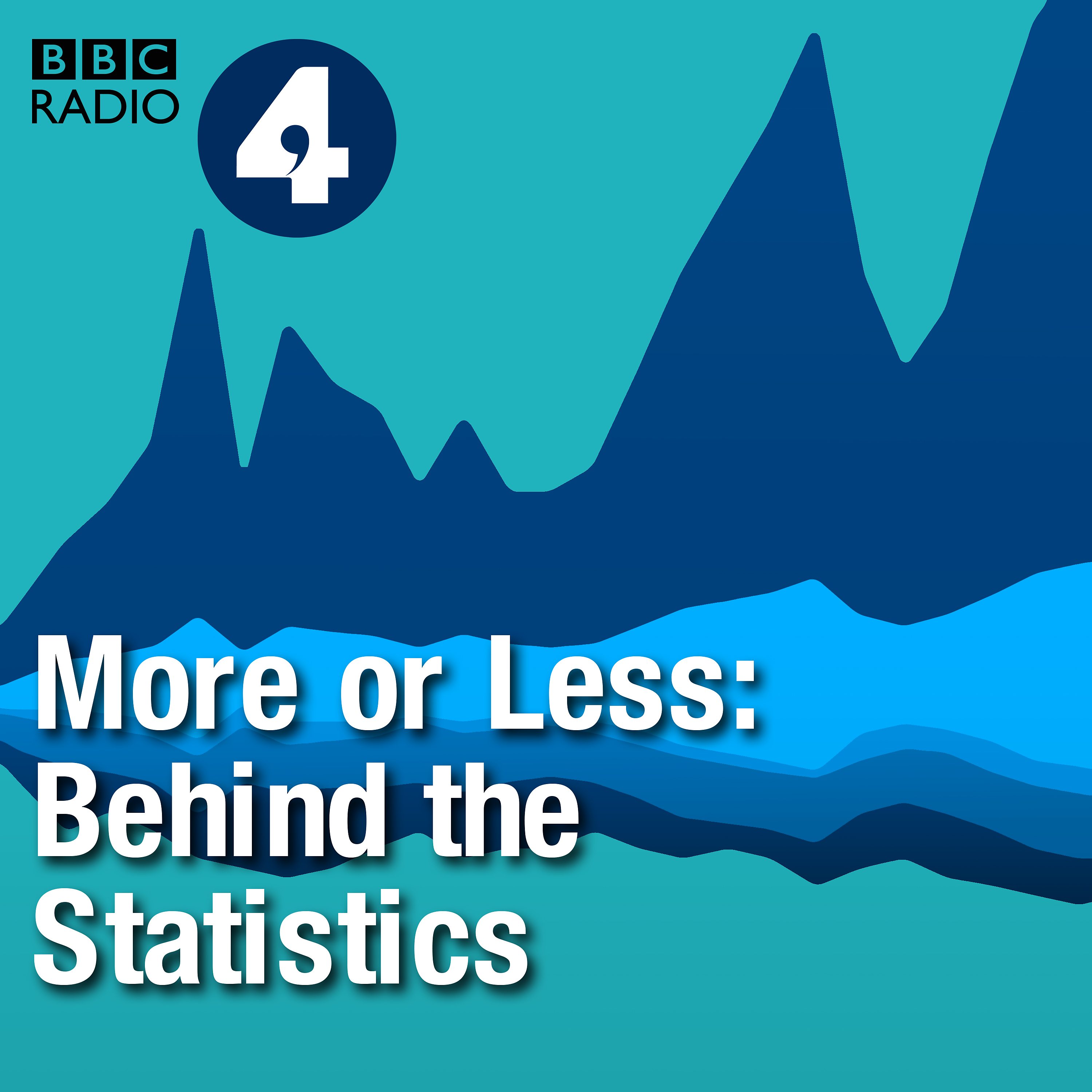We're sunsetting PodQuest on 2025-07-28. Thank you for your support!
Export Podcast Subscriptions
Do fossil fuels get $7 trillion in subsidies?
2024/11/23

More or Less: Behind the Stats
A
Angela Picciariello
N
Nate Vernon
T
Tom Calver
Tom Calver 和 Angela Picciariello 解释了 IMF 如何计算化石燃料补贴,并指出显性补贴主要针对消费者,而非生产者。Angela Picciariello 指出,2022 年显性补贴中只有 3% 是生产者补贴,其余 97% 是消费者补贴。Tom Calver 进一步解释,IMF 通过比较供给成本和最终用户价格的差价来计算补贴,并将各国政府为降低能源账单而支付的款项也计入在内。
Nate Vernon 从经济角度解释了 IMF 计算化石燃料成本的方式,其中不仅包括市场价格,还包括对社会造成的成本,例如全球变暖、空气污染和交通拥堵等外部成本。
Deep Dive
The $7 trillion figure originates from an IMF working paper, representing a significant portion of the global economy and suggesting governments are heavily subsidizing fossil fuels while claiming to combat climate change.
- The $7 trillion figure is from an IMF working paper, not an official IMF report.
- This amount is roughly 7% of the global economy.
- Governments are accused of subsidizing fossil fuels while pledging to fight climate change.
Shownotes Transcript
Governments around the world have promised to fight climate change. But are they also pumping an absolutely massive amount of money into subsidies for fossil fuels? In 2022, an IMF working paper estimated that global subsidies for fossil fuels totalled $7 trillion. But when you dig into that research, you find that this number might not mean what you think it does. We explain how they reached that conclusion, with the help of Angela Picciariello from the International Institute for Sustainable Development, and Nate Vernon, one of the co-authors of the IMF paper.